So quick and easy to make, homemade scones are delicious straight out of the oven. I’ve substituted all the sugar in traditional recipes with sugar replacements, which are amazingly good these days… they don’t have that artificial taste they used to have, and you really can’t taste the difference in bakes. Here in Canada, I use Lakanto Monkfruit Sweetener, and in the UK I use Candarel Sugarly – both are excellent.
Now these scones aren’t the classic round shape… that’s only because you do get some wastage when you use a traditional round cutter. Also, when you make round scones, you have to re-form the dough and squish it together again to stamp out more circles… this re-squishing (technical term!) makes the dough tougher. The key with scones is to handle the dough as little as possible to keep them light, soft and fluffy. If you prefer round ones, go right ahead! But for me, when every calorie counts, the shape is the last thing I’m worried about! Whether round, square or triangular, these scones are a delicious calorie-controlled treat.
RECIPE: Plain Scones 128cals
Makes 6 scones
Ingredients
- 175g Self-raising flour
- 1/2 teaspoon baking powder
- a pinch of salt
- 42g light margarine
- 25g sugar replacement such as Lakanto Classic or Candarel Sugarly (see below)
- 88ml skimmed milk
- 1/2 teaspoon lemon juice
- (Optional) A small amount of beaten egg for glazing
method
Pre-heat the oven to 215°C / 420°F / Gas 7
Start by sifting the flour, salt and baking powder into a large mixing bowl. Then add the margarine to the bowl. Using your fingertips, gently rub the margarine into the flour, lifting the mixture as you do so, to give it a good airing. Continue till the mixture resembles fine breadcrumbs.
Now stir in the sweetener. If you want to add a few sultanas to make fruit scones, you should do that now (but remember to add the calories – dried fruit is unfairly calorific!) Warm the milk for about 15-20 seconds in the microwave, just until it’s lukewarm. Add the lemon juice and let it rest for a minute or two, just till it curdles a bit.
Now add the milk to the dry ingredients, and stir gently with the flat of a rounded knife. You just want to combine the ingredients into a cohesive lump. It will be very wet, but that’s a good thing because it’ll give you a nice soft scone. Once combined, turn the dough out onto a well floured surface and very gently fold it once or twice – don’t knead the dough, just a gentle fold or two will be sufficient to bring it all together.
Remembering to handle the dough as little as possible, gently shape the dough into a thick brick; about 4cm thick, and long enough to cut into equal thirds (see the photo below). When you’re ready to cut, dust a very sharp knife with flour before each slice – this will ensure the knife smoothly cuts through the wet dough without pressing down the sides, giving you the signature tall scone shape.
Gently lift the dough shapes, and place them onto a baking sheet. Lightly brush the tops with beaten egg (just to give them a nice shine, optional) and bake for 10 to 12 minutes till lightly golden. Remove from the oven and place on a wire rack to cool slightly.
After a few minutes, gently slice the scones in half and spread with jam and thickly whipped (or clotted) cream. PS: these toppings aren’t included in the calorie total 😉
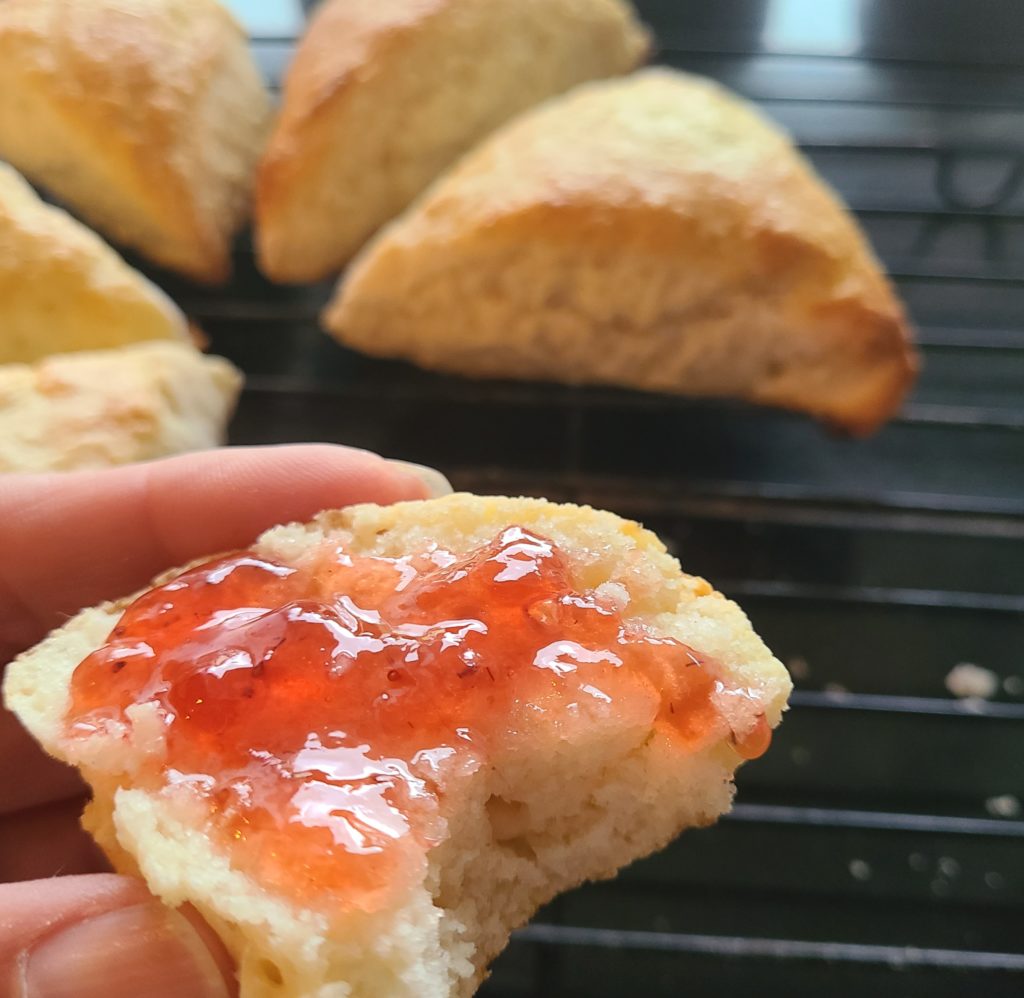



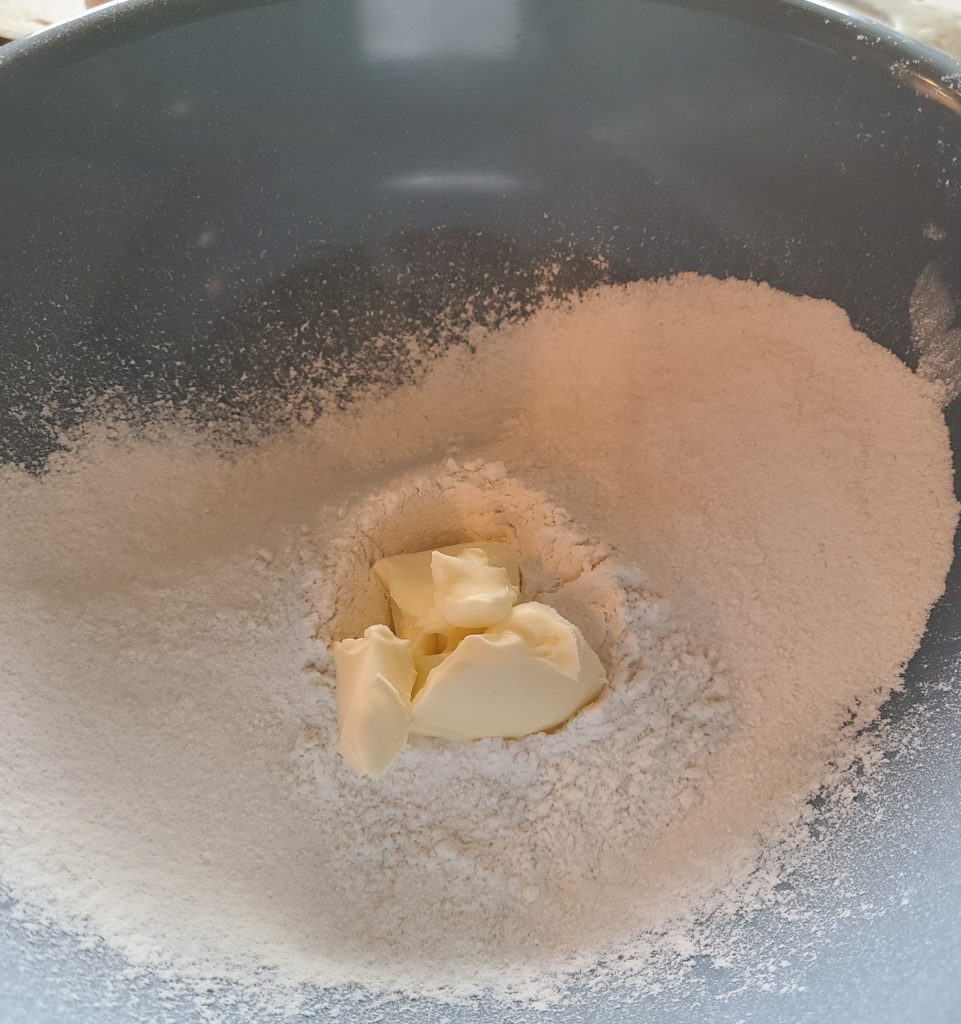


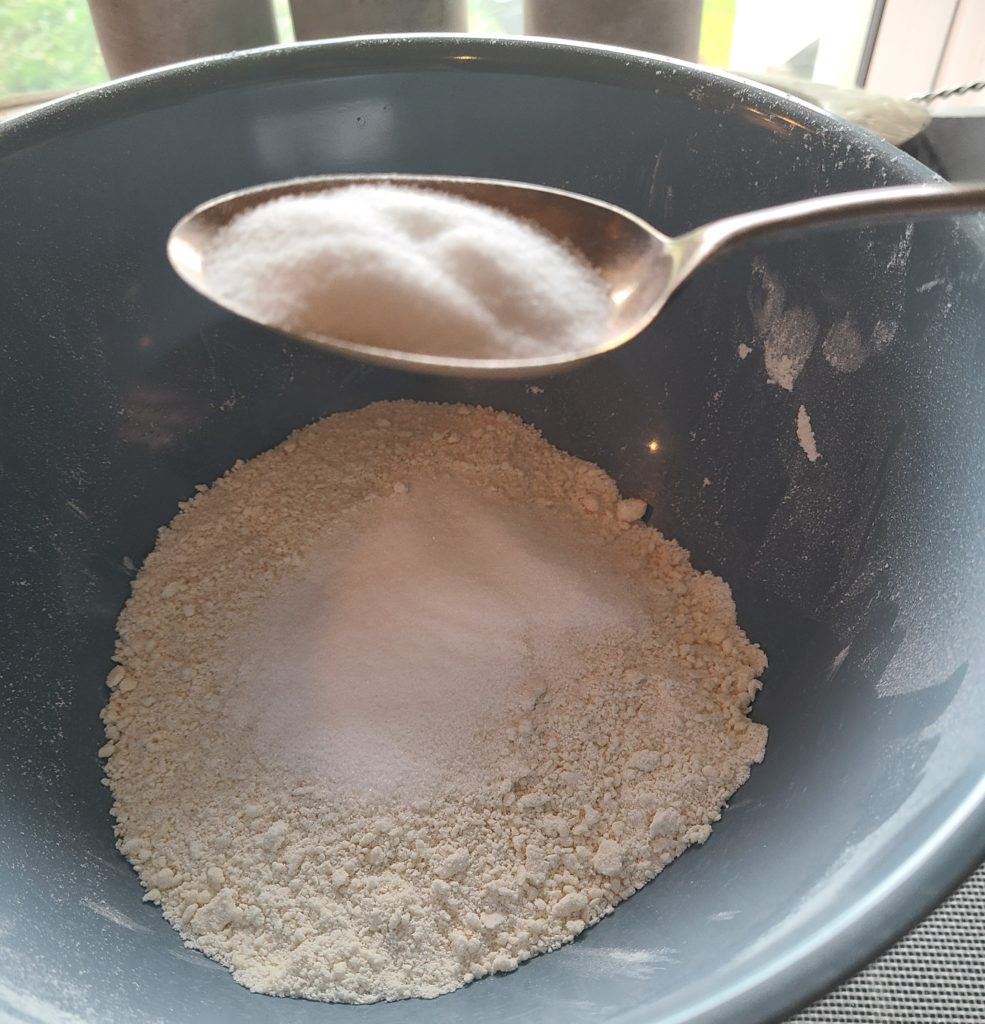
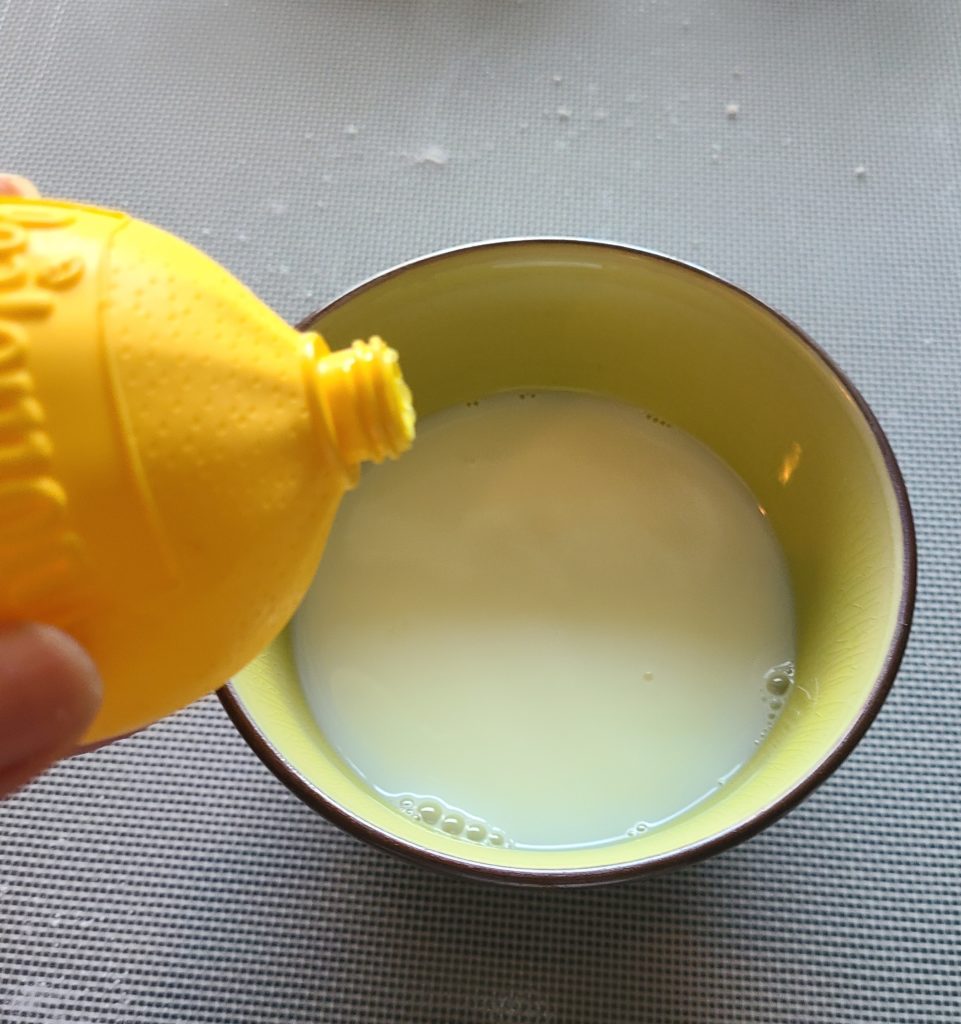
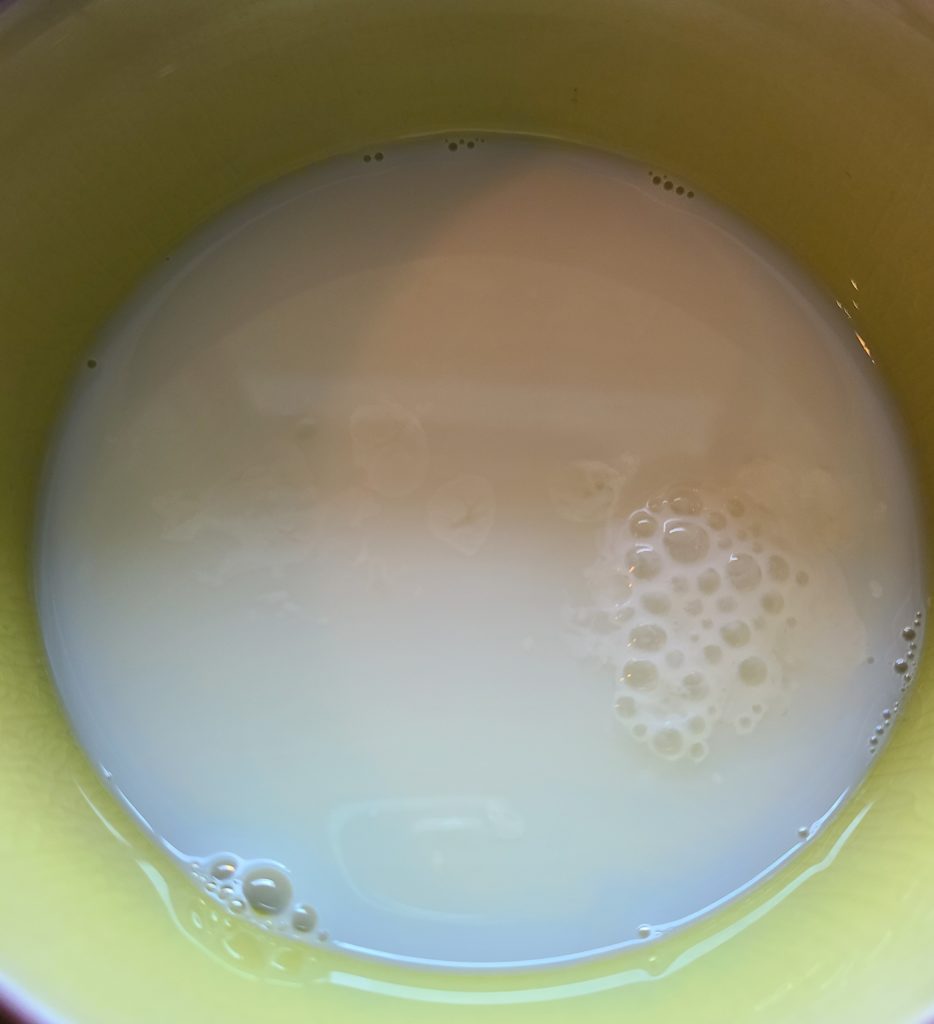
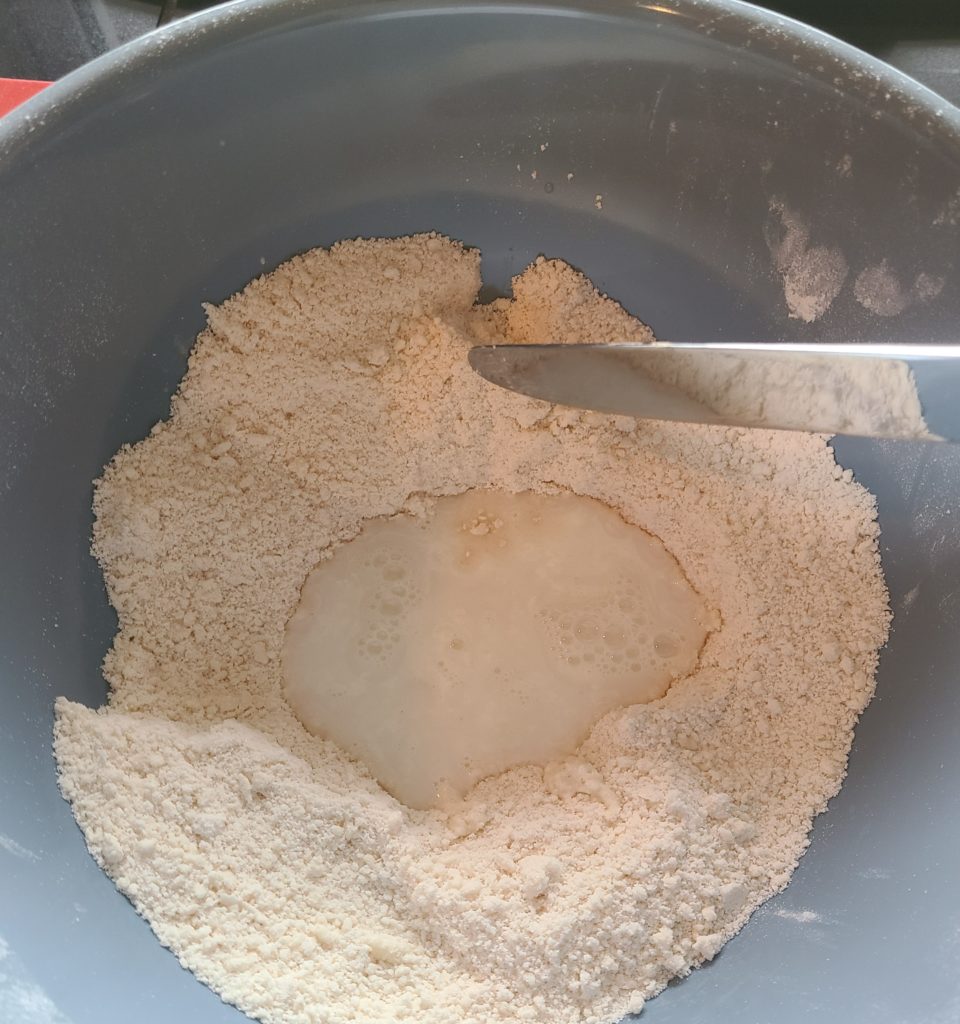
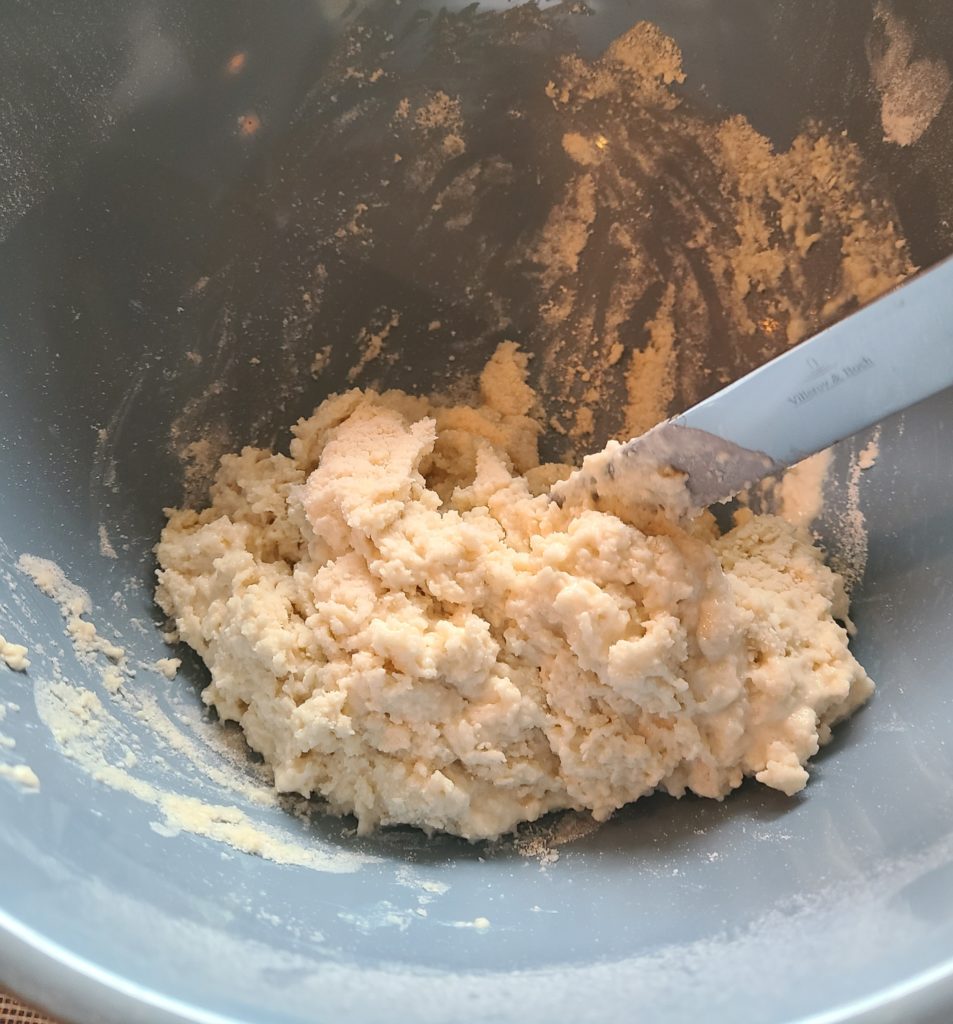
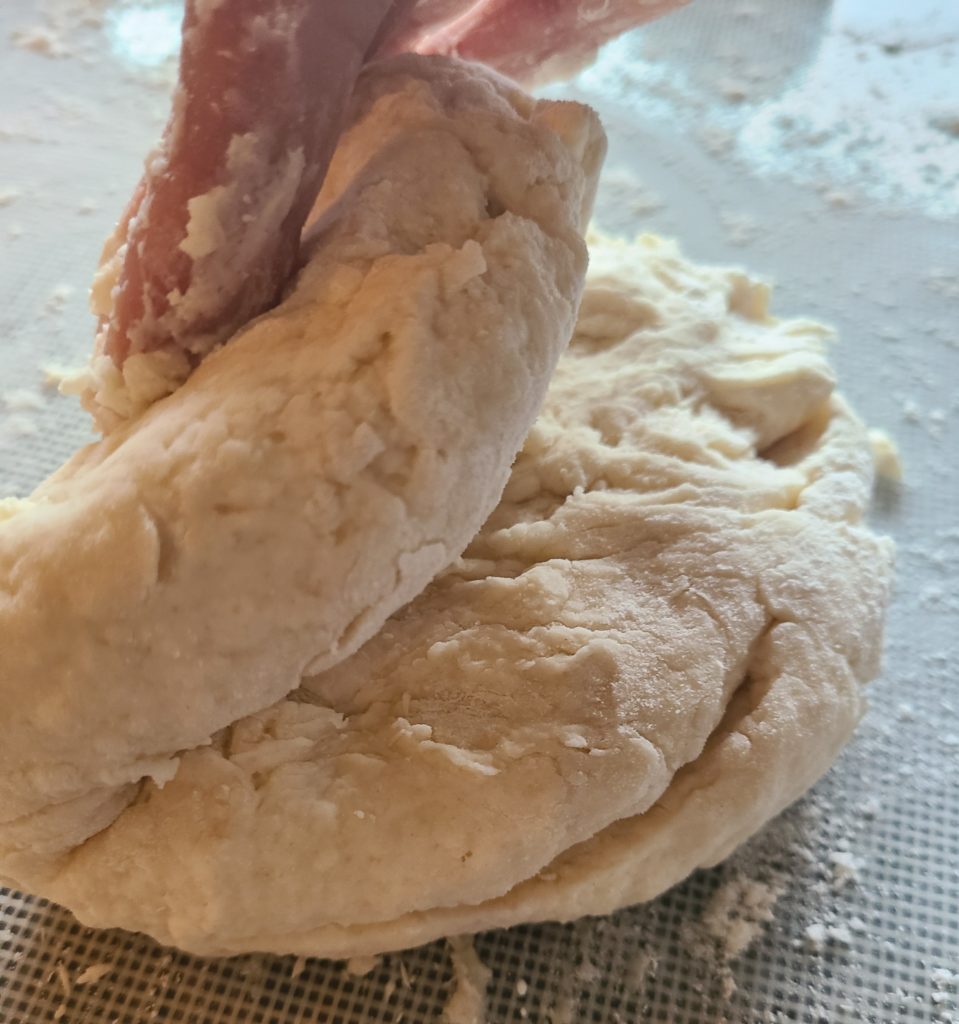

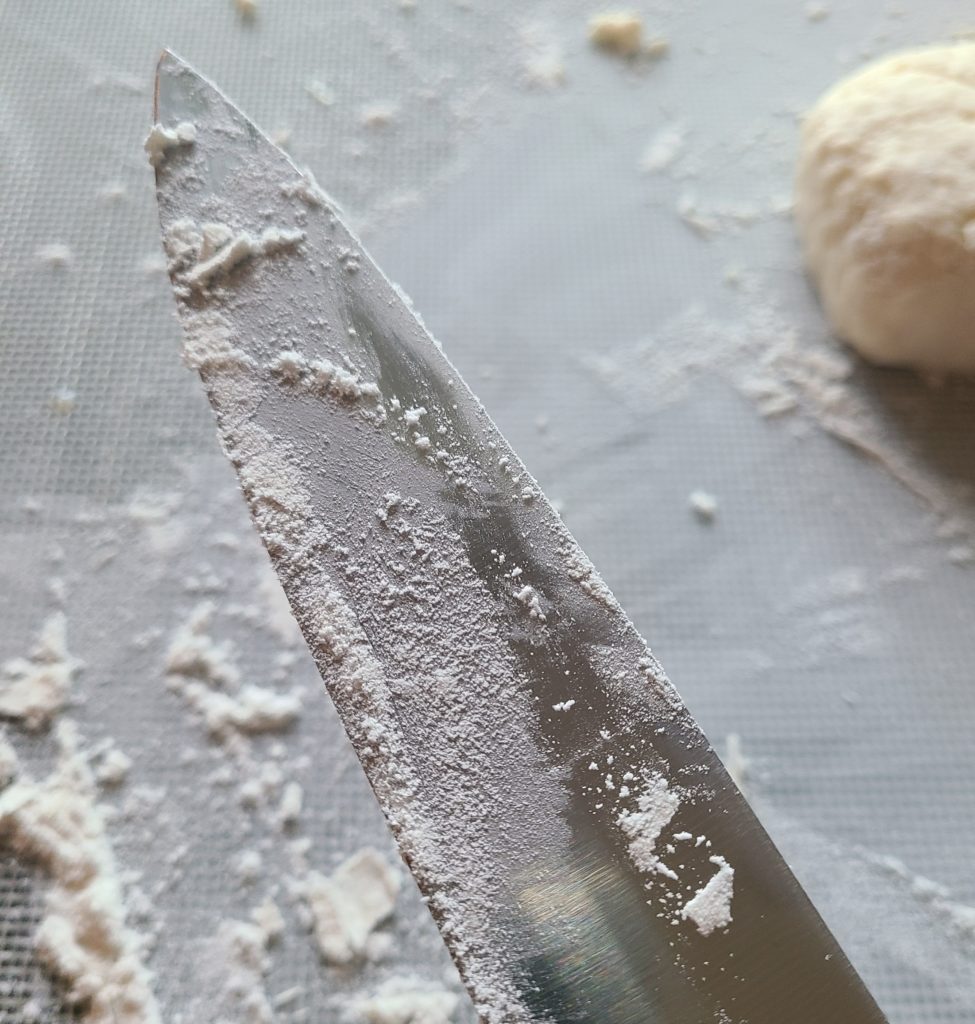
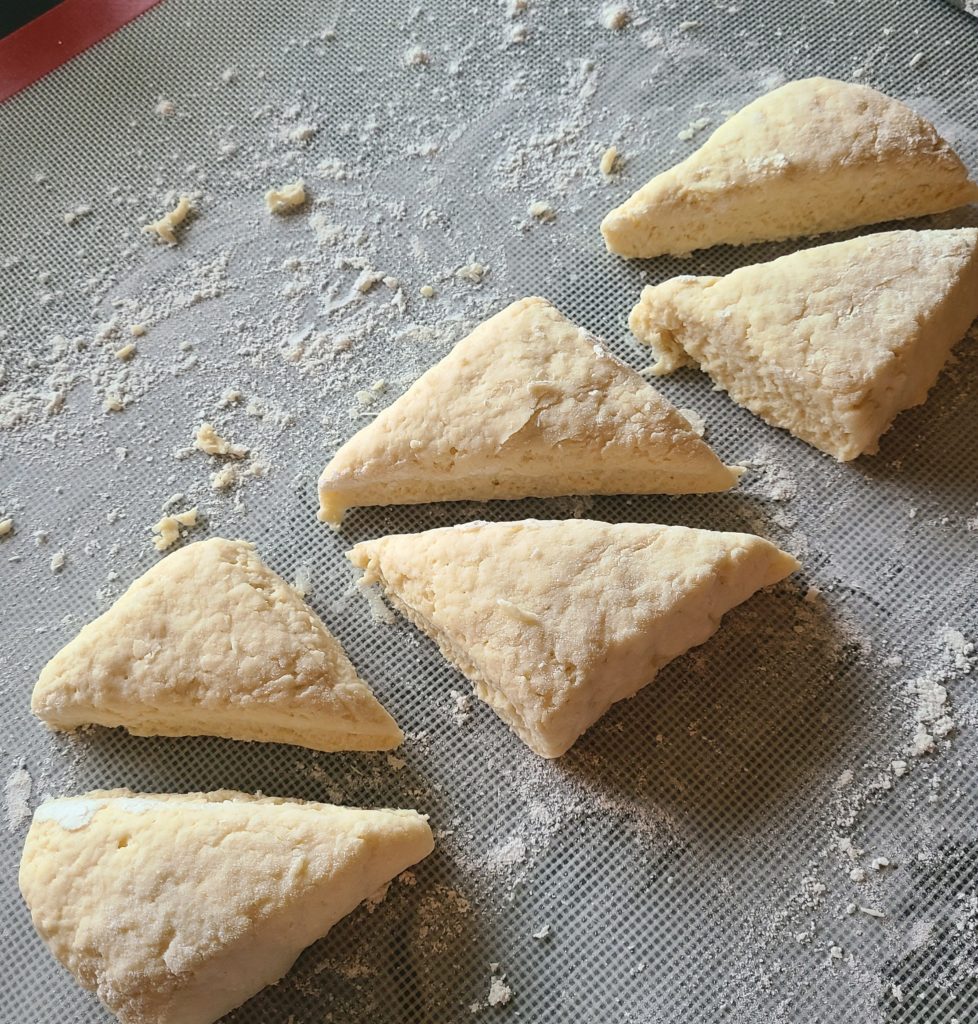
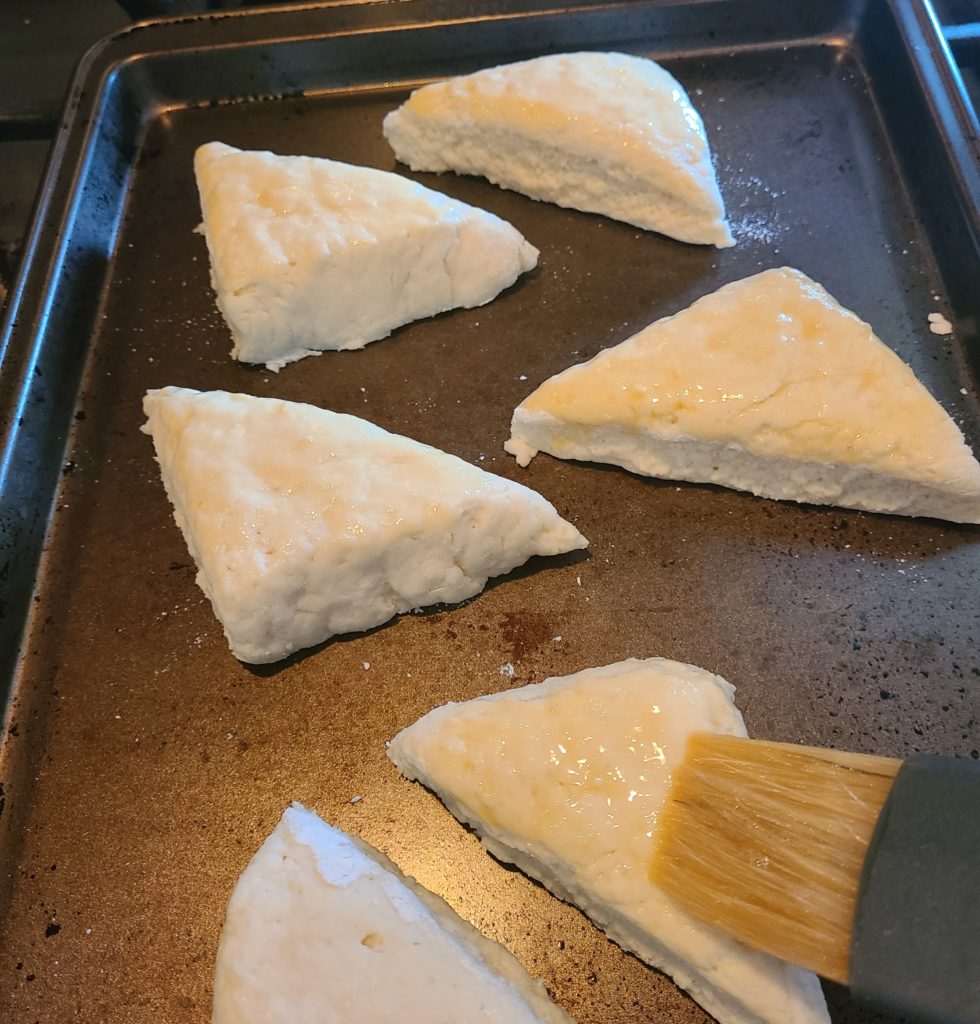
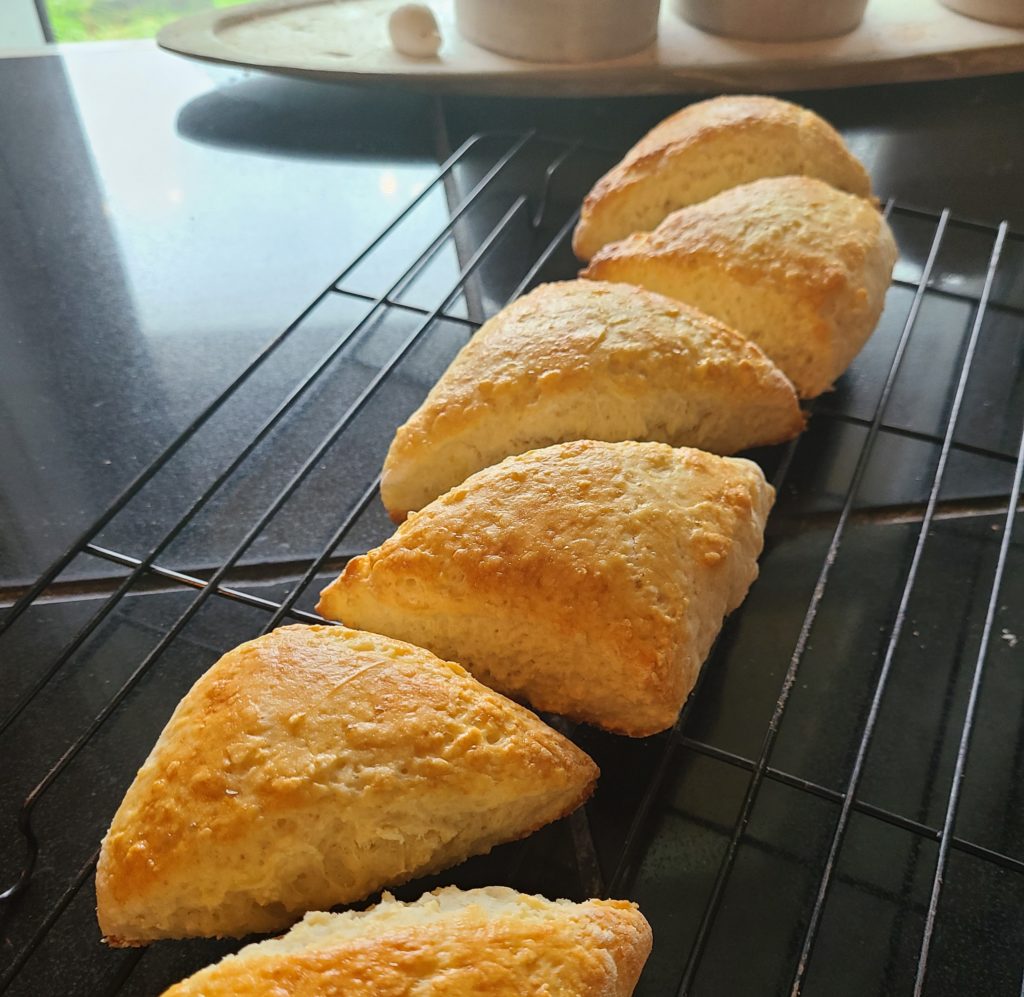

Leave a Reply